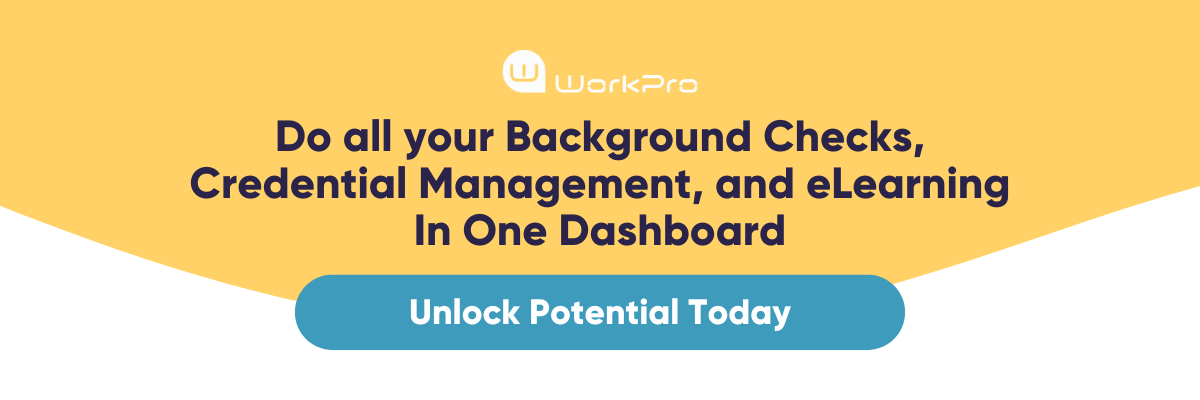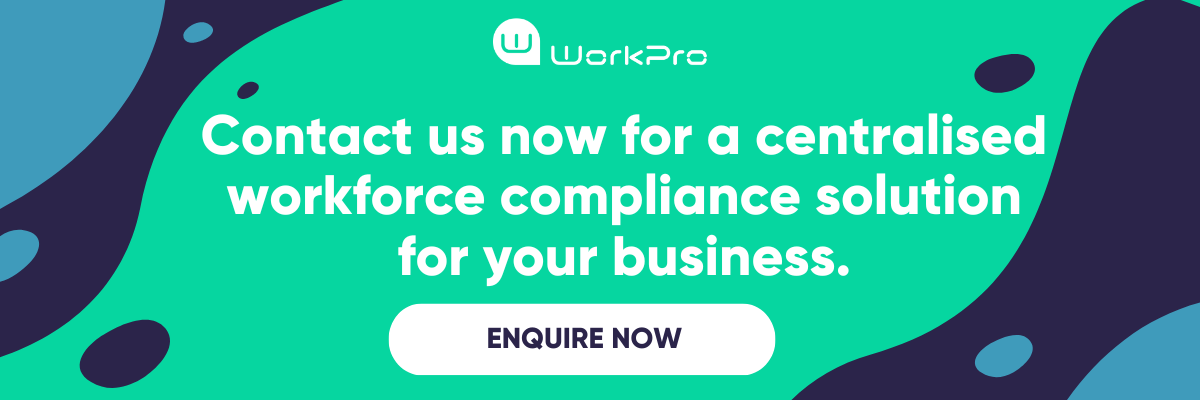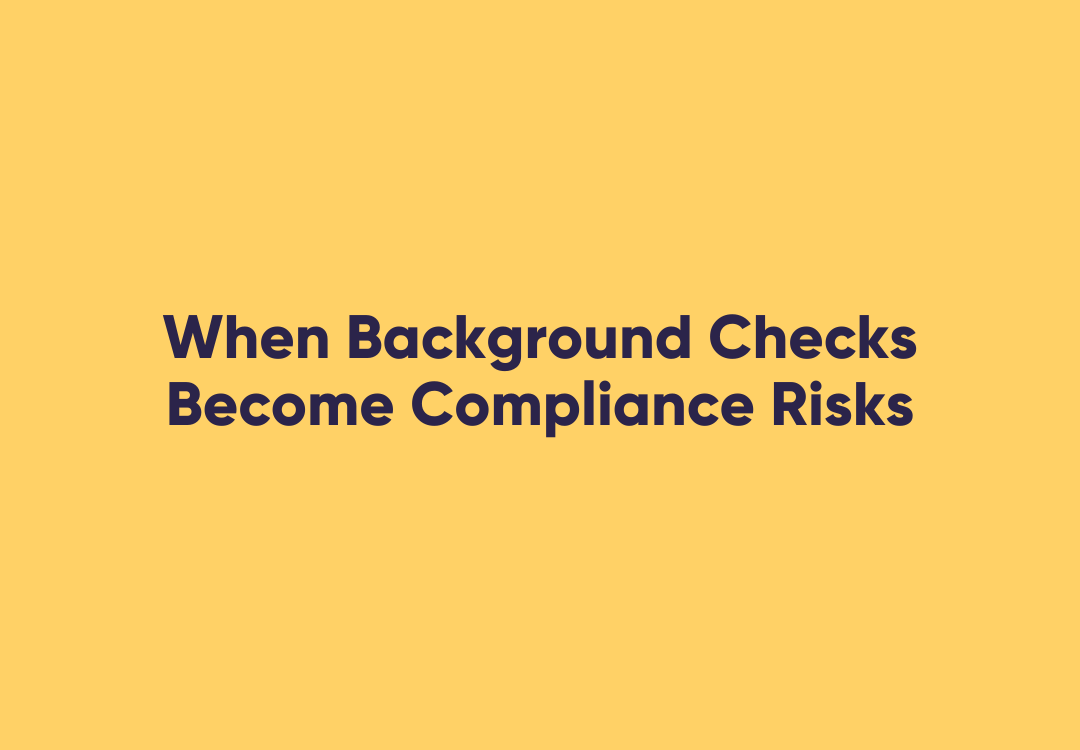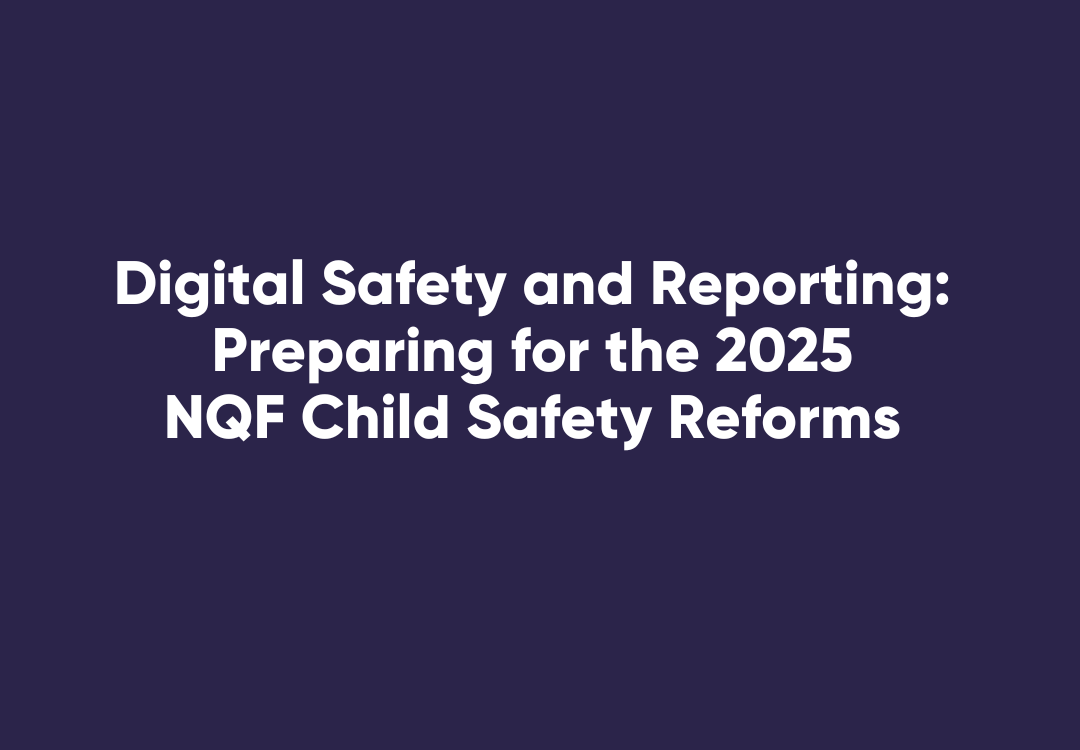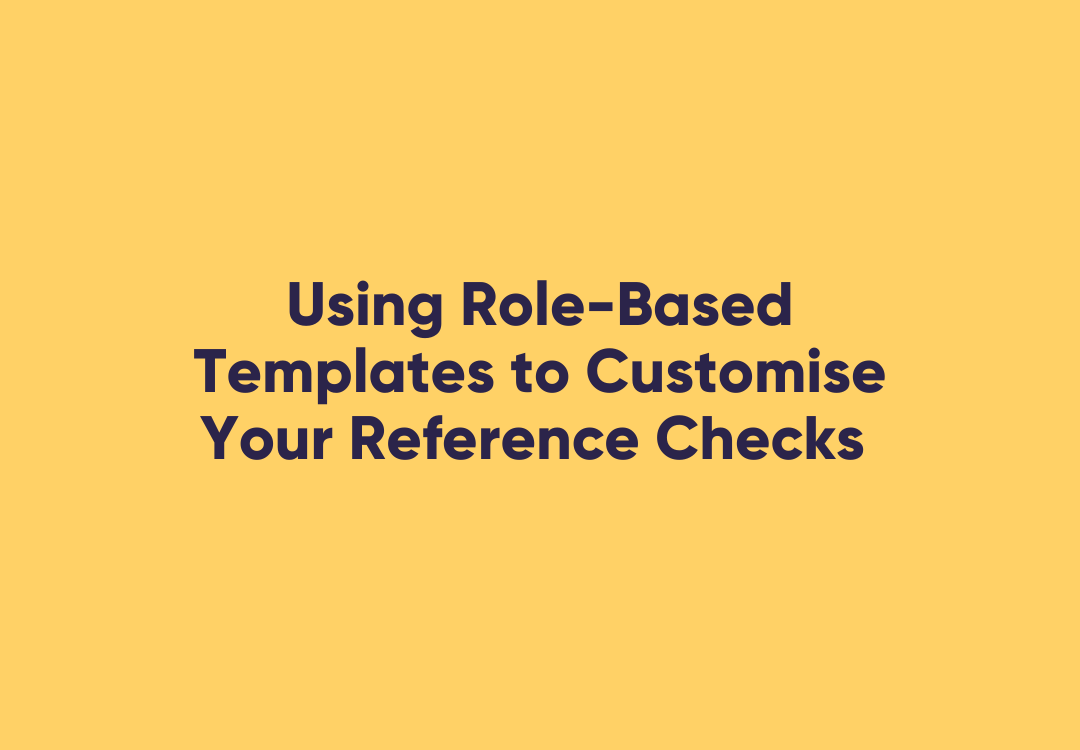How Digital Identity Tools Are Reshaping the Onboarding Experience
How Digital Identity Tools Are Reshaping the Onboarding Experience
In competitive hiring environments, onboarding delays often lead to missed opportunities. Skilled candidates may accept another role while your team waits for identity documents or manually checks work rights. This lag not only frustrates new hires but undermines workforce planning and compliance efforts.
Research shows that companies with effective onboarding see a 50 percent boost in new-hire retention and productivity. Yet many Australian organisations still rely on manual processes that create unnecessary friction.
Digital identity technology allows employers to verify identity, work rights, and credentials instantly. This removes common bottlenecks and protects against errors and fraud. In this article, we explore how digital identity is reshaping onboarding for Australian employers, and what makes these systems secure, efficient, and compliant.
What is Digital Identity in HR Onboarding?
Digital identity refers to the use of secure, electronic systems to verify a person’s identity throughout the hiring process. This verification includes confirming official identity documents, checking right-to-work status, and using biometrics to ensure the person presenting the information is who they claim to be.
Instead of relying on physical document handling or unstructured email submissions, digital identity solutions allow HR teams to complete identity verification through a secure, automated platform. The result is faster onboarding, reduced manual input, and improved compliance with labour and privacy laws.
How Digital Identity Makes Onboarding Faster and More Reliable
Modern digital identity solutions are built to address the speed and scale of today’s recruitment needs. These technologies eliminate common sources of delay and human error, helping candidates start work sooner.
Key Components:
- Document Verification Service (DVS): Verifies documents like passports and driver licences against official Australian government databases in real time.
- Biometric Verification: Uses facial recognition or fingerprints to confirm that the person submitting identity documents is the legitimate holder.
- Optical Character Recognition (OCR): Automatically reads scanned documents, extracts relevant details, and detects potential inconsistencies.
This automation is particularly valuable in sectors that require urgent placements or manage high volumes of new hires, such as healthcare, temporary staffing, and logistics.
What Makes a Digital Identity System Secure?
For a digital identity platform to be truly effective, it must deliver both speed and security. Security is not a single feature but the combined effect of multiple safeguards working together.
Liveness Detection
This process ensures that the person undergoing verification is physically present. It prevents impersonation attempts using photos or recorded videos.
Government-Linked Checks
Connecting directly to databases through the DVS verifies that submitted documents are current, valid, and correctly issued.
Biometric Matching
A candidate’s selfie or biometric data is compared with the photo in their official ID, confirming both identity and ownership of the document.
OCR and Fraud Detection
Details are extracted from documents using advanced scanning, then checked for inconsistencies, forgeries, or expiry issues.
Data Security and Privacy Compliance
Candidate data is encrypted, securely stored, and handled in line with the Australian Privacy Act. Audit trails record all activity for internal reviews or external audits.
Credential Monitoring
For roles requiring ongoing compliance (e.g., working with vulnerable people), platforms should track expiry dates and trigger alerts when updates are needed.For a digital identity platform to be truly effective, it must deliver both speed and security. Security is not a single feature but the combined effect of multiple safeguards working together.
Liveness Detection
This process ensures that the person undergoing verification is physically present. It prevents impersonation attempts using photos or recorded videos.
Government-Linked Checks
Connecting directly to databases through the DVS verifies that submitted documents are current, valid, and correctly issued.
Biometric Matching
A candidate’s selfie or biometric data is compared with the photo in their official ID, confirming both identity and ownership of the document.
OCR and Fraud Detection
Details are extracted from documents using advanced scanning, then checked for inconsistencies, forgeries, or expiry issues.
Data Security and Privacy Compliance
Candidate data is encrypted, securely stored, and handled in line with the Australian Privacy Act. Audit trails record all activity for internal reviews or external audits.
Credential Monitoring
For roles requiring ongoing compliance (e.g., working with vulnerable people), platforms should track expiry dates and trigger alerts when updates are needed.
Questions to Ask When Evaluating a Digital Identity Solution
When choosing a digital identity solution, HR and compliance teams should evaluate providers using these questions:
- What digital identity verification tools are included in the platform?
Does the system offer DVS integration, biometric checks, and OCR?
- How does the system confirm the candidate is present during verification?
Look for active liveness detection, not passive image uploads.
- Does the platform support Australian privacy and data security standards?
Ensure data is encrypted and stored locally under the Australian Privacy Act.
- Can the solution integrate with our current HRIS or onboarding tools?
Integration with platforms like PageUp, Bullhorn, or JobAdder enables automation and reduces double handling.
- What kind of audit and reporting capabilities are available?
Complete, traceable records are essential for risk management and internal governance.
- Is the system suitable for high-volume or urgent onboarding scenarios?
Features like bulk candidate processing and instant ID checks are vital for labour hire or healthcare providers.
How WorkPro Supports Fast, Compliant Onboarding
WorkPro’s digital identity platform is purpose-built for Australian employers needing secure and rapid onboarding at scale. It brings together key compliance and verification tools in a single, streamlined environment.
What sets WorkPro apart:
- DVS and Visa Verification: WorkPro connects directly with government systems to instantly validate right-to-work documents and visa status.
- Biometric Identity Matching with Liveness: Candidates upload a live photo, which is matched to their ID in real time, confirming both identity and presence.
- Automated OCR and Data Extraction: ID data is scanned, digitised, and compared for discrepancies, ensuring accuracy before onboarding progresses.
- Custom Compliance Workflows: Set up rules and alerts based on your organisation’s needs, whether it’s for safety-critical roles, client standards, or legislative compliance.
- Secure Data Storage and Privacy Controls: WorkPro hosts all candidate data securely within Australia and aligns with the Privacy Act, including robust encryption and access controls.
- Ongoing Credential Monitoring: The system can track expiry dates on documents or work rights and notify HR teams when updates are needed.
WorkPro is integrated with leading HR platforms and trusted by organisations across healthcare, retail, transport, and staffing.
Digital identity technology is transforming onboarding in Australia. It allows employers to move quickly without sacrificing accuracy or security. By combining biometric checks, real-time document verification, and integrated compliance tools, organisations can reduce hiring delays, ensure legislative compliance, and build trust with new employees from day one.
Manual checks and fragmented systems are no longer sustainable. Whether you're onboarding five new hires or five hundred, digital identity gives you the foundation to do it right, faster and more securely.



